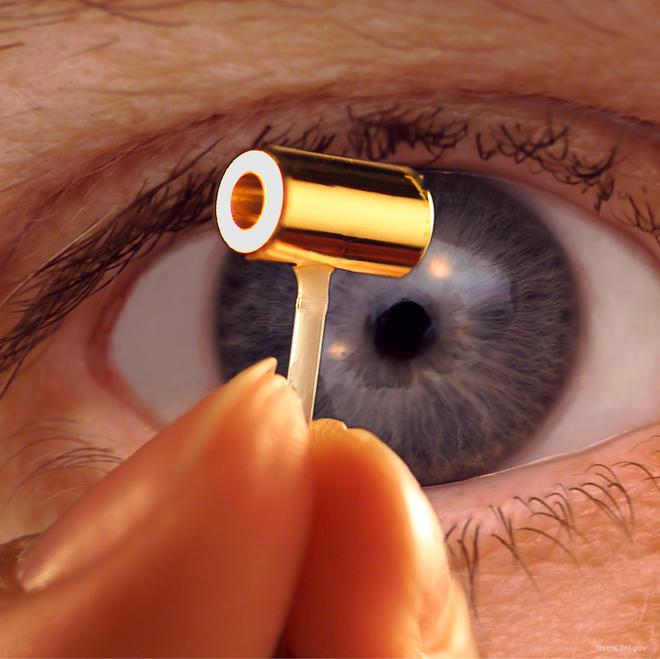The Science Quiz appears thrice a week in the daily Science page. The page is available to read on all days except Saturday in the epaper.
Q: On May 16 – celebrated as the International Day of Light – in 1963, an American engineer named ________ ______ is believed to have fired the world’s first laser. Fill in the blank.
A: Theodore Maiman
Q: Nearby rays of laser light can travel long distances without getting in each other’s way, i.e. they are highly parallel. Such light is said to be __________. Fill in the blank. Its Latin root word means “directed in a straight line”.
A: Collimated
Q: Every laser consists of a material whose atoms absorb some initial energy and then release it; the output is laser light. What is this material called?
A: Gain
Q: One application of lasers is to make hi-res maps: laser light is shone at a target and a detector measures the time it takes to return, thus creating an image of the target’s surface. What is this application called?
A: LIDAR
Q: The laser was historically preceded by the maser – a device that could be stimulated to emit radiation in which frequency of the electromagnetic spectrum?
A: Microwave

Q: This mockup shows a hohlraum, a chamber that contains a hydrogen isotope that is caused to fuse by high-power lasers. What is such fusion called?
A: Inertial confinement fusion







